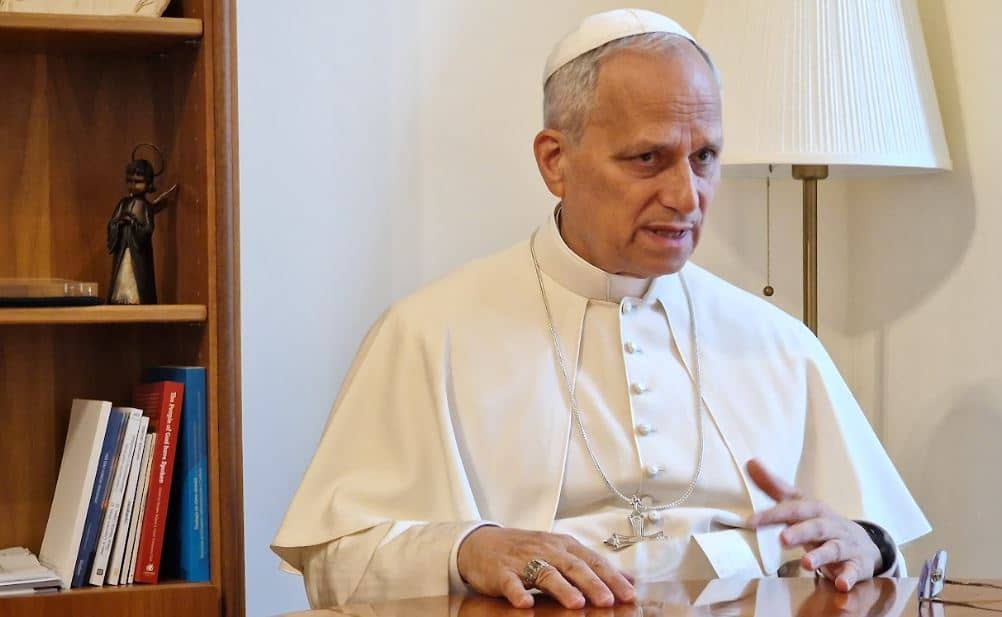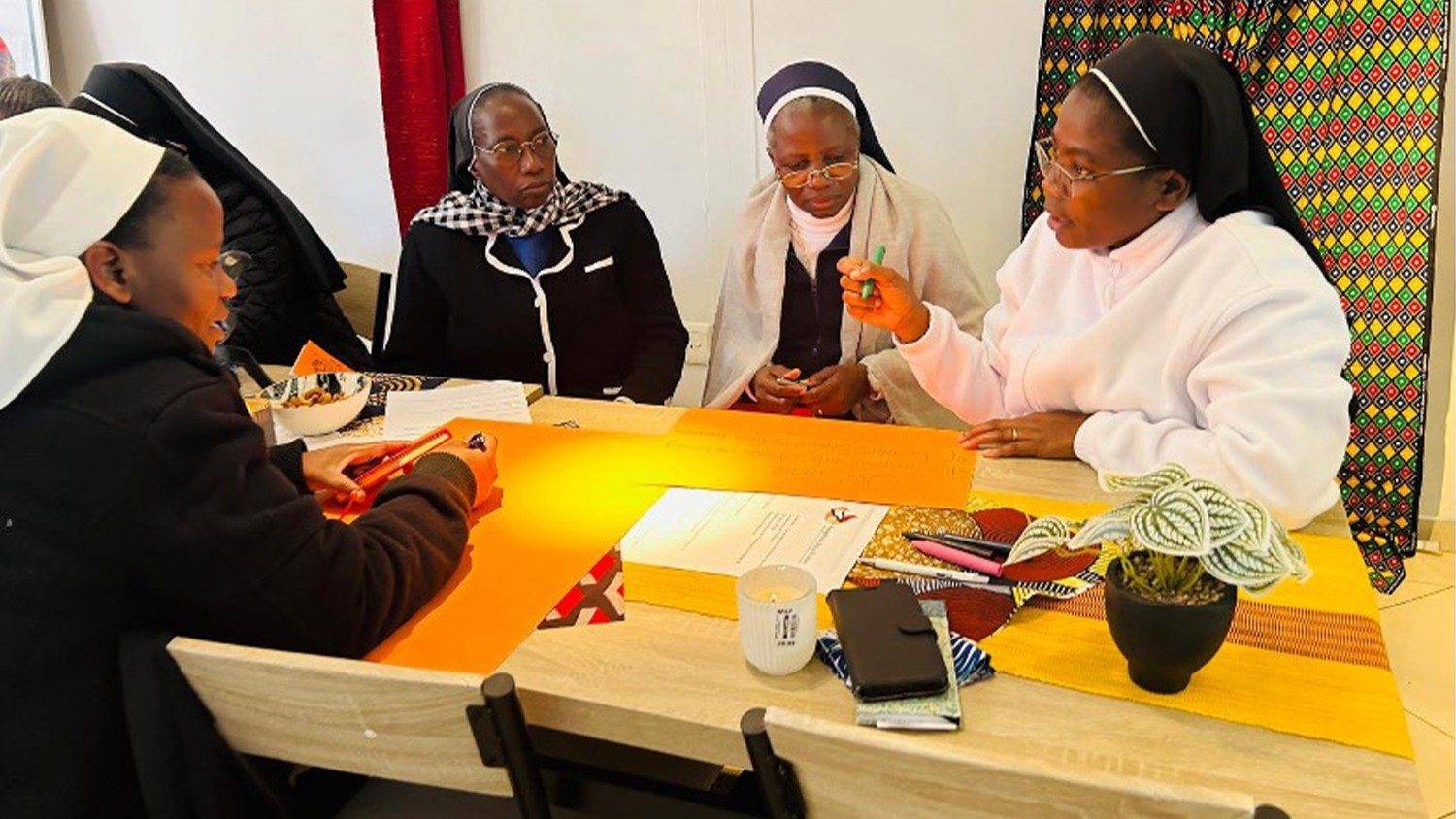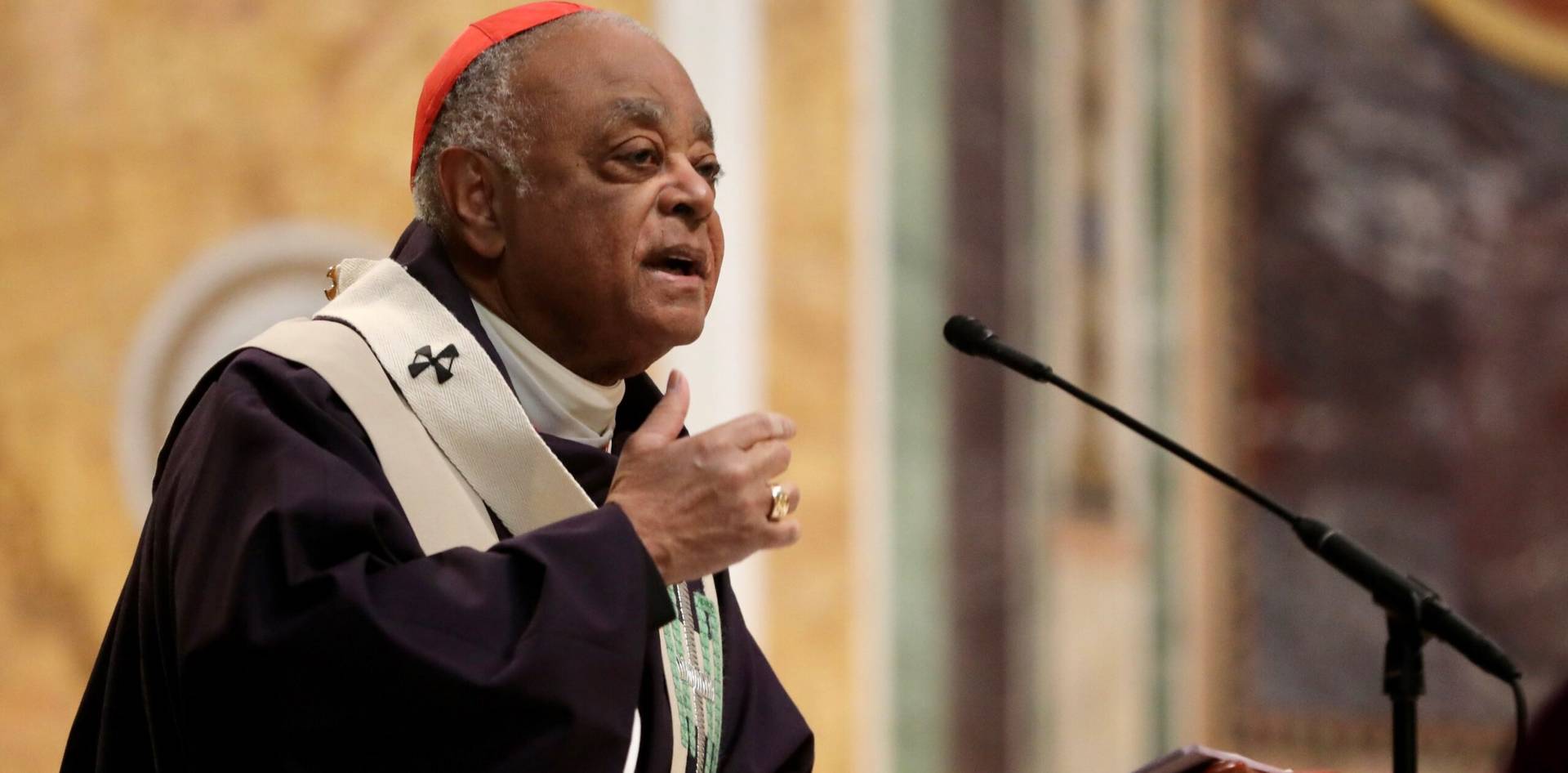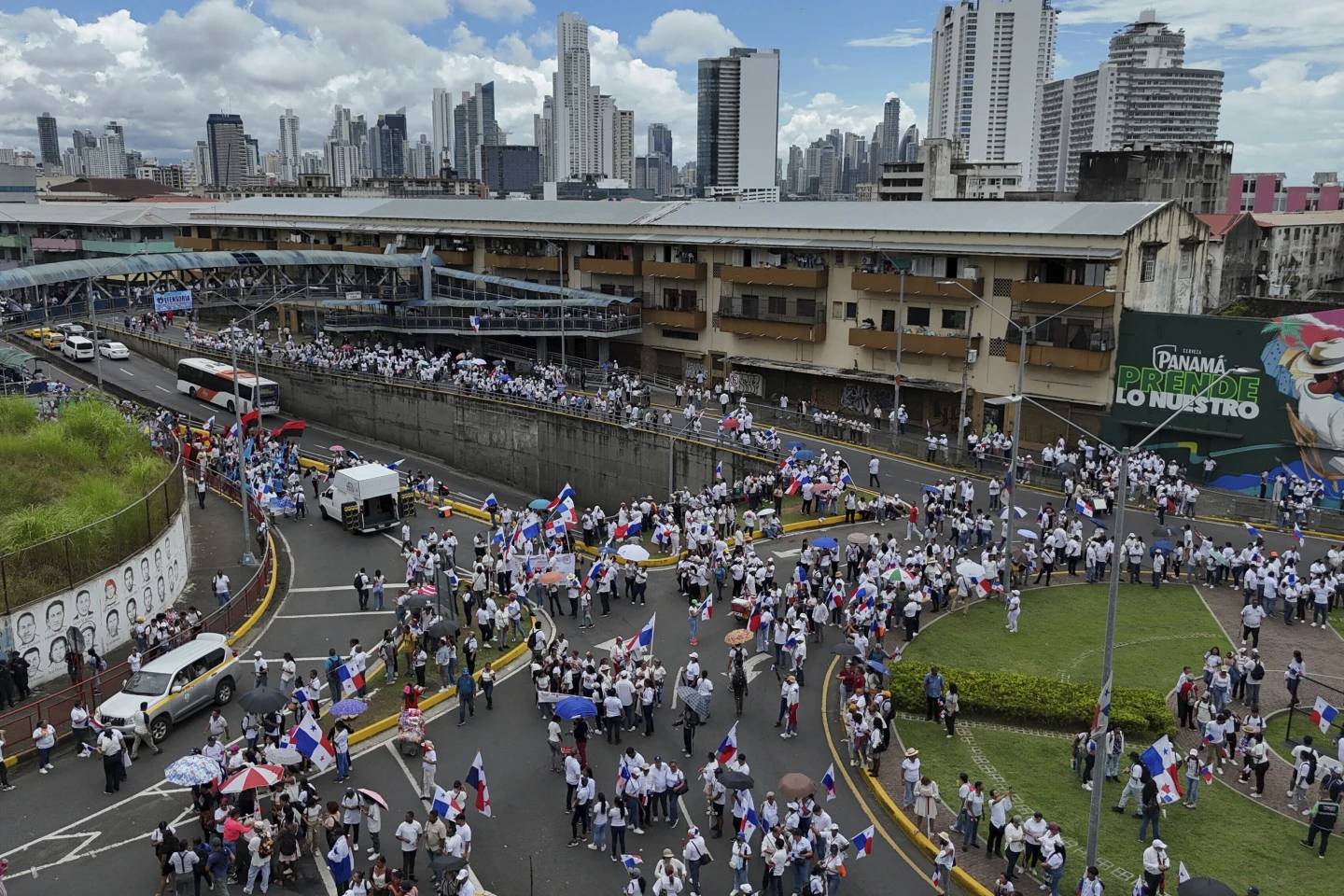[Editor’s Note: Timothy P. O’Malley is director of online education at the McGrath Institute for Church Life and academic director of the Notre Dame Center for Liturgy. He teaches and researches in the Department of Theology at Notre Dame in liturgical-sacramental theology, catechesis, and Catholic education. He spoke to Charles Camosy about his new book, Real Presence: What Does It Mean and Why Does It Matter?]
Camosy: What motivated your writing this book? Does it have something to do with the confusion in the Church surrounding the topic?
O’Malley: I wrote this book to deal with two problematic accounts of Eucharistic presence that one hears at least in popular Catholic culture.
The first is represented by someone like Jesuit Father Tom Reese, who regularly says what really matters in the sacrament is not the transubstantiation of bread and wine into the Body and Blood of Christ but the transformation of the community into Christ’s Body. Of course, the latter matters. No one is denying that fact. But how does that community become Christ’s Body? Is it through a series of pious exercises, informational sessions on what it means to belong, or cultivating a certain religious sentiment? No! We are transformed into Christ’s Body because of the presence of Love that dwells among us. The intimate presence of Christ in the Eucharist as a Person who feeds us with what seems like bread and wine—what Catholics call transubstantiation—is that convokes us to become Christ’s Body.
The great Eucharistic doctor, St. Thomas Aquinas, never severs the connection between the love shared among Christians and the Eucharist. We are to become what we receive, and what we receive is Christ’s Body.
The second is often found among those who affirm Real Presence, but they use examples of Eucharistic miracles to “prove” the doctrine of transubstantiation. This strategy is problematic. The doctrine of transubstantiation is not a physical change, visible to the eyes. Rather, what seems like bread and wine becomes entirely and absolutely Christ’s Body and Blood. But the species or accidents remain. This is essential to the Eucharist as St. Albert the Great argues in his own treatise on the Eucharist. Christ comes to us in a way that we can receive him. Signs matter. We don’t eat human flesh. We do eat bread and wine. So, the accidents remain. Eucharistic miracles — as St. Thomas points out — are not connected to transubstantiation. They are a secondary miracle, intended to invite us to deeper faith in the personal presence of our Lord in the Blessed Sacrament.
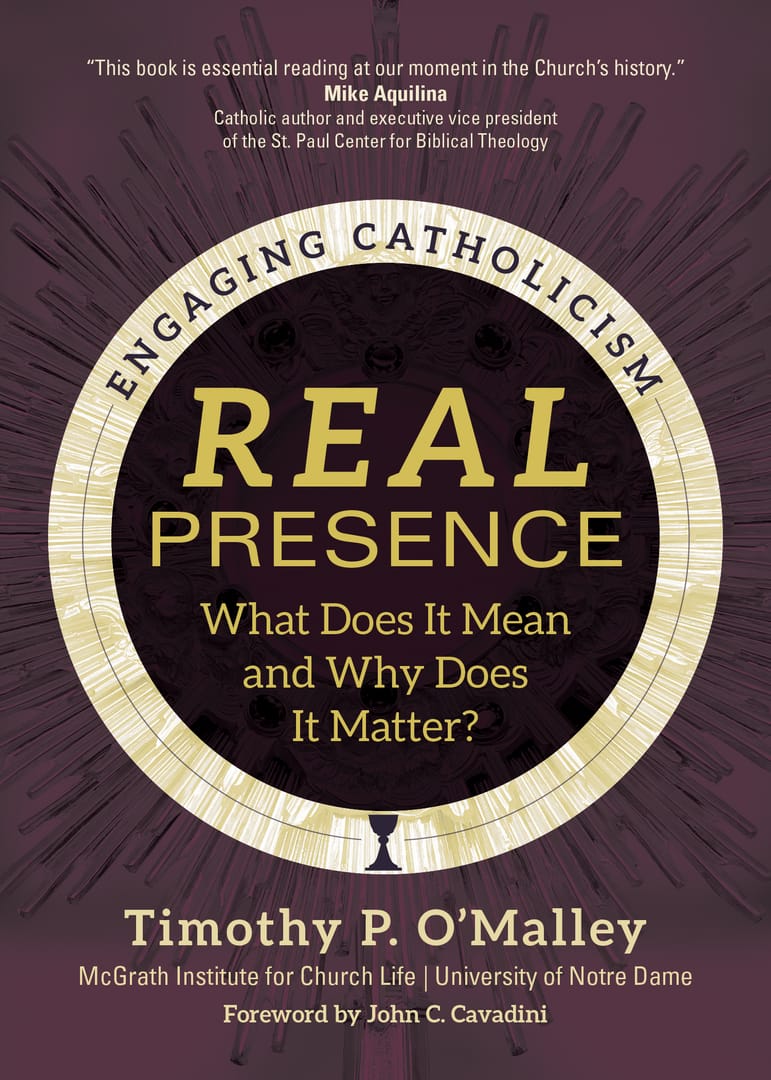
Obviously the confusion doesn’t lie only with Catholics. Richard Dawkins got in on the act recently as well.
Yes, he did. The problem with Dawkins, in this case, is his use of the word “literally.” To a certain extent, Dawkins is right. Catholics believe that when Christ at the Last Supper said, “This is my body” and “This is my blood,” he meant this literally. Jesus meant to give himself on this night, to erect a permanent memorial of his death and resurrection among the faithful.
But literal, in this case, is wrong the way that Dawkins uses it to refer to Eucharistic presence. Christ’s presence is a substantial presence. Substance — in this case — is that which cannot be seen. When I look at my daughter, I see her eyes and hear her laughter. But I do not see her entire person in this moment, I do not see the “fullness” of who she is. I do not see her “substance.”
In the case of the Eucharist, bread and wine change their substance. They become Christ’s Body and Blood. What they really are has changed. But what we see, hear, taste, touch, and smell is bread and wine.
This is decidedly not a “literal” change.
There are technical debates about which terms to use, but the Real Presence is something many, many Catholics understand on some very real level before they can make heads or tails of the language. Indeed, you dedicate the book to your grandparents who taught you “to bend the knee before the Eurcharistic Lord.” Can you say more about this?
One of the regular points of worry in Church circles is the fear that people do not understand Eucharistic doctrine. When the Pew report comes out, saying that only 30 percent of Catholics believe in the real presence, there are renewed calls for teaching Eucharistic doctrine. If people only understood transubstantiation, then we would have thousands of people packing churches.
Overlooking the many problems with this Pew study, the proposed solution is inadequate. It assumes that Eucharistic belief is primarily an intellectual assent to a doctrine. But that is not the case. We first learn to recognize the presence of Christ in the Eucharist in the act of worship.
Therefore, my primary concern related to the Blessed Sacrament is reverence. If we want to teach real presence, then we must teach both bodily postures and think about the way that we refer to the Eucharist.
Therefore, my grandparents were my first catechists around the Eucharist. They believed in transubstantiation, but they had no idea what it meant. They knew that when you entered a pew, you genuflected. And they taught me to do this. They dragged me to Benediction during Lent, and they taught me to be silent before the Blessed Sacrament at Mass (at least, my grandfather did — my grandmother was a notorious church-talker). They formed me to see that bending the knee before the Blessed Sacrament meant that you cared for the hungry and thirsty in your neighborhood.
I dedicated the book to them, because despite my now fifteen years of studying the Eucharist in theological study, I have not learned anything more important than what they taught me. And we academics need to recognize that Eucharistic doctrine has always emerged from the piety of the people rather than an academic language game.
OK, if I say that it is important to have an embodied encounter with Christ through the Eurcharist am I speaking about something different than the kind of embodied encounter Peter had with Him?
Yes, it is different. And again, St. Thomas is our teacher here. St. Thomas notes that you cannot understand the presence of Christ in the Eucharist in such a way that he is in a place. Bad Eucharistic teaching tends to treat the Blessed Sacrament this week, even saying things like, “Look, Christ loves us so much that he’s even willing to be closed up in a Tabernacle.”
Peter met Christ in the flesh. Even when Christ was resurrected, he met him as the glorified and risen Lord in a place. But Christ’s resurrected body is already weird. It is not defined by place or time. Jesus appears and disappears. He is not limited by the constraints of time and space alike.
The Eucharist is an extension of the resurrected Body of Christ. Jesus does not leave heaven to come meet us in the Blessed Sacrament. Rather, through the ministry of the Church, he takes “matter” (bread and wine) and transforms it into himself. His whole self (this is what the Church means by body and blood, soul and divinity).
In the Blessed Sacrament, you cannot “see” Christ in the same way that Peter once did. And this is the gift of the Eucharist. Christ gives us the freedom to respond. He does not appear in an extraordinary way, but as the almost-Catholic philosopher Simone Weil points out, he appears in poverty. He gives us freedom to respond, to offer the return gift of love that is bestowed to us.
“Mystery” is a word many Catholics appeal to when discussing the Real Presence. However, when I discuss this with skeptics they often think of it as a kind of weasel word meant to get around having to defend one’s position. Is there a way to think of the Real Presence as mystery without it feeling like a kind of intellectual cheating?
The way that many Catholics use the word “mystery” is a weasel move. And this is where understanding the doctrine itself better works.
Mystery is best understood as that which is not entirely reducible to the visible or material. Love is a mystery, because in the act of love, “something” is made present that cannot be analyzed simply through measuring the brain waves. A certain materialist would, of course, deny this fact. But said materialist is wrong. Love can be understood through philosophy, through high art and popular country music (which, I believe is also high art but that is for another day), and in a thousand different ways. We have not exhausted the mystery of love in any of these.
We do not mean here that love is irrational. It is just not exhaustible or definable through a single sentence. We need Shakespeare and George Strait and Eva Illouz and on and on.
This is what is meant by Real Presence. It is not visible. It is the presence of a divine love that is inexhaustible. The doctrine of transubstantiation in Catholicism is the “most apt” way of speaking about this presence, providing a theological grammar for what we mean when we say, “Christ is present in the Eucharist.” But it is not the only way of speaking about the Blessed Sacrament. We need Eucharistic mystics like Mechthild of Magdeburg, novelists like Flannery O’Connor, philosophers like Simone Weil, and essayists like Dorothy Day.
The mystery of the Eucharist is its inexhaustibility.











